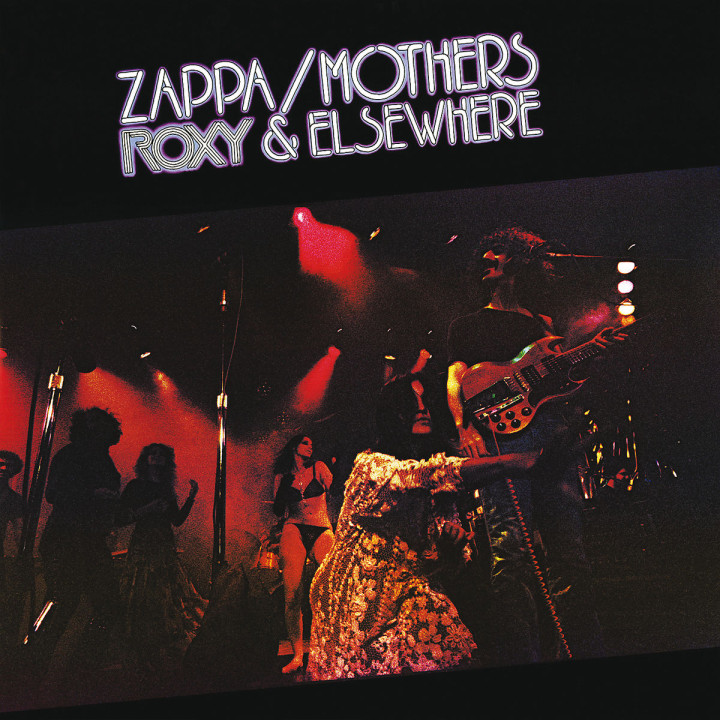

Sides two and three are mainly instrumental but contain a catchy vocal tune like "Village Of The Sun" before the band really cuts loose. "Penguin In Bondage" is a racy tune with a great groove that doesn't go through too many time changes and flows right into the short "Pygmy Twylyte" and the hilarious "Dummy Up." If you can imagine a collaboration between Duke Ellington and Cheech & Chong, that will give you a good indication of what "Dummy Up" sounds like. Side one is possibly the most accessible. I know a guy who saw this band with the Mahavishnu Orchestra as the opening act play Brooklyn College in 1973 or 74 and he said it was absolutely the best show he ever saw. Being able to watch this band in action is something I've always wanted to see. The Roxy shows were also filmed and some of the footage has shown up, hopefully a complete show will someday be released.
#Roxy and elsewhere frank zappa plus#
The majority of the album was recorded over a 3 night stand at the Roxy in Hollywood as well as shows in Illinois and Pennsylvania plus a bit of studio recordings. There are definitely some edits here and there but Zappa was well known for having the tightest band around and could splice parts from one show to another and the tempos would be consistent. Once the music starts all the songs flow together one after the other like a suite. That is a serious group of players and Zappa wrote some incredible tunes that showcased all of them at the best of their ability.Įach side of the album starts off with a spoken introduction by Zappa engaging a rowdy crowd before launching into the music. Joining Zappa on lead guitar and vocals is rhythm guitarist Jeff Simmons, bassist Tom Fowler, his brother Bruce Fowler on trombone, Napoleon Murphy Brock on saxophone and vocals, the incredible George Duke on keyboards and vocals, percussionist Ruth Underwood and the amazing double drum team of Chester Thompson and Ralph Humphrey. The players are all extremely skilled and can execute tricky written arrangements as well as improvise off of anything and transition between styles effortlessly. Speaking of the band, this is truly one of the best units Zappa ever had. The band he had at this time and their repertoire successfully combines rock, jazz and classical extremely well and is a great introduction to someone looking to get acquainted with his music. In Zappa's huge and diverse discography, this is often mentioned as a real highlight and I'm inclined to agree that it is one of his best.

And the one that's been getting daily spins is Roxy & Elsewhere, a (surprise, surprise) double live album from 1974. “Frank also used the active filters to emphasize the highs in the 4k-to-8k range in order to bring out the nuances of the strings.Writing about the first album I ever bought with my own money (Zappa/Beefheart's Bongo Fury) set off a huge Frank Zappa LP listening frenzy that is still on-going. He could basically tune his guitar to the room, determine how the room responded to the amplifier, and then use the Q control to elicit the feedback he wanted.

"The filters also featured a variable resonant frequency knob that allowed Frank to control the feedback characteristics of his rig in any hall. “One trimpot is dedicated to bass frequencies from about 50Hz to 2kHz, and the other one affects the top-end frequencies from about 500Hz up to 20kHz. “The trimpots are identical parametric filter circuits,” Zappa’s tech, Midget Sloatman, told GP in 1995. He could basically tune his guitar to the room, determine how the room responded to the amplifier Midget Sloatman Used on Frank’s last tour, in 1988, this custom-made Performance solidbody sports concentric knobs along with tiny screwdriver-adjustable trimpots to accommodate the tone tweaking Zappa was so fond of.


 0 kommentar(er)
0 kommentar(er)
